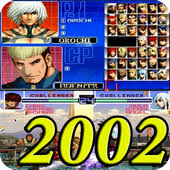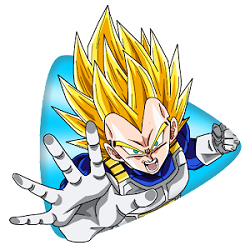Who doesn't prefer to use their smartphone's built-in camera and video recorder when compared to carrying about a costly and awkward professional camera? While you'll need both hands to operate the phone's camera, you can get away with using just one for most touches. The ease of use and sophistication of the cameras found in mobile phones have sparked a craze among consumers to record video and snap still photographs using the same device.
Because your mobile device contains so many images and movies, you should regularly back them up to ensure that they are not lost or damaged. If you don't back up your images and videos regularly, you run the risk of having them deleted permanently in the event of a system fault, a failed update, a damaged screen, or an accidental shutdown, for example.
The internet, on the other hand, can do anything for you, including identifying applications that can help you recover your lost films and photographs. The top tools and software for recovering videos and photos are going to be discussed in today's piece for your convenience. Examine each of these options, then pick the one that serves your needs the most effectively. Retrieve your lost movies and photographs.
About is Ochib Ketgan Rasmlarni Qayta Tiklash APK
It's only a matter of time before practically all users have access to data recovery tools. This most commonly refers to the Ochib Ketgan Rasmlarni Qyta Tiklash Apk application for the typical Android phone user. This tutorial is geared at those who are new to recovering images from an Android smartphone and will explain you, in great detail, how to do it, in some cases very quickly by utilizing the tools that are pre-installed on your device, and in other cases by using third-party software and programs.
To begin, the simplest method to recover lost images from an Android phone, which many new users forget or don't know, isn't guaranteed to be successful, but it does have a chance of doing so. To begin, there are two straightforward points. When you snap a picture with an Android device, it is automatically stored in the DCIM folder of either the phone's internal memory or the memory card. The typical user does not make use of a file manager and instead examines and deletes photographs using the built-in Gallery or photographs programs (Google Photos). Photos that you upload to Google Photos are normally synchronized with the Google account that you use, which means that H.
They are not only saved locally on your device, but also immediately uploaded to a server on the internet. The user is frequently unaware that synchronization is even enabled until it is too late. After installation, many programs that are associated with cloud services (OneDrive, Yandex Disk, and so on) have the option to enable picture synchronization, and if that option is selected, photos are always uploaded to the cloud storage location.
If the photographs were just recently removed and you did this in the Gallery program, search in the menu of that application where you can locate the Trash (depending on the phone maker), and delete the photos from there instead. files that can be chosen and retrieved at a later time. For instance, the Ochib Ketgan Rasmlarni Qayta Tiklash Apk can be kept in the trash on the Samsung Galaxy for as long as 30 days.
Give the Google Photos app a shot if you already have it installed on your phone (in most cases, it comes pre-loaded in addition to the Gallery app). First of all, it displays not only what was downloaded onto the device but also what was uploaded to Google Cloud from the device. Having the ability to download them back onto your smartphone. Second, when you enter the menu for the Google photographs program, you will also see an item labeled "Trash." This "Trash" item will keep deleted photographs for a period of 60 days, during which time they can be recovered.









